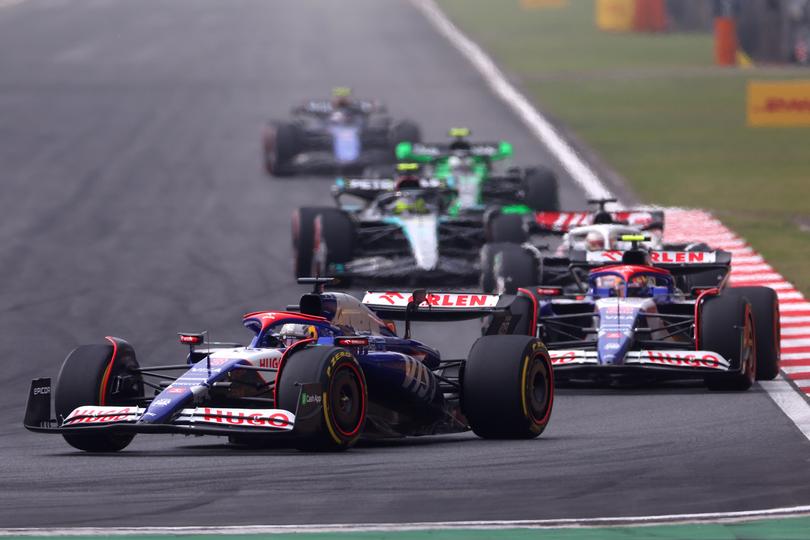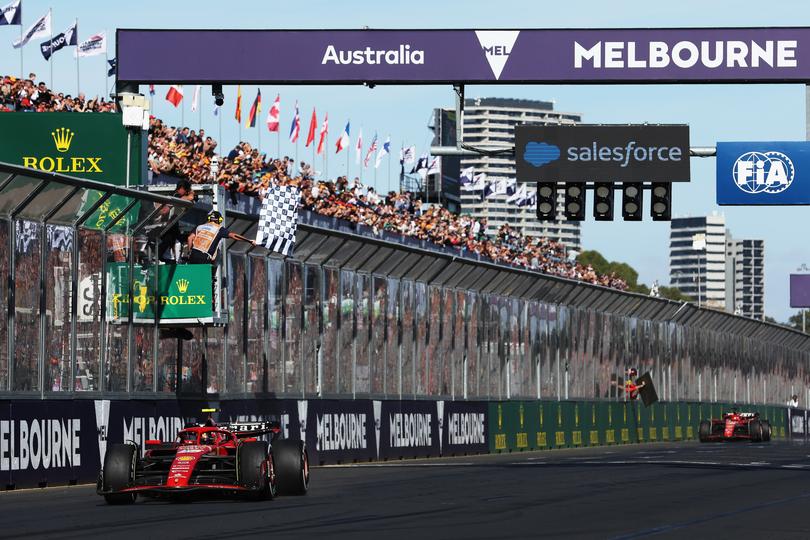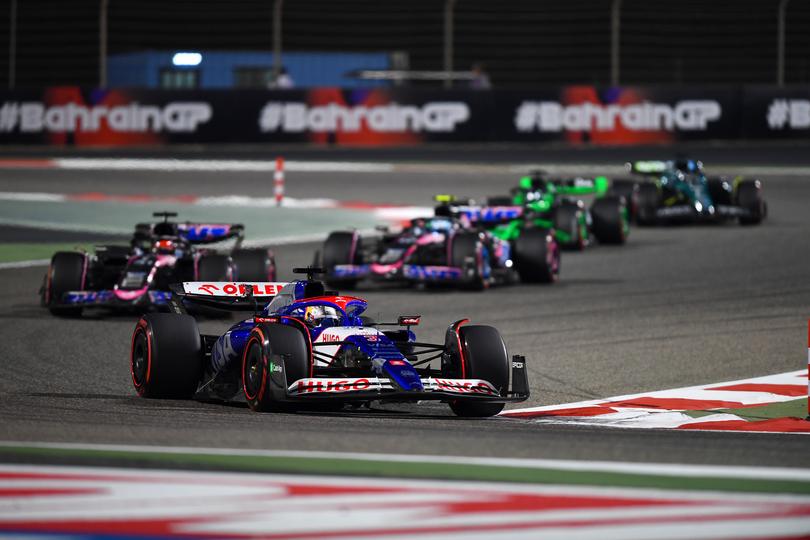The real reason why Formula One’s fanbase is shifting, and it’s not the Netflix effect of Drive To Survive

Nothing in Formula One is simple. Driver weight, tire pressure, and wind speed are measured to the fourth or fifth decimal place to determine how cars should be set up for any given race.
But off the track, things seem incredibly simple. Since its release in 2019, Formula 1: Drive to Survive has been credited with everything from helping F1 crack the US to rejuvenating the sport itself. These narratives not only oversimplify Netflix’s impact on F1, but overshadow a broader shift in the way fans engage with sport.
Proponents of the “Netflix effect” often point to a poll taken in 2022 which found 28 per cent of American adults considered themselves to be F1 fans, with more than half crediting Drive to Survive.
Sign up to The Nightly's newsletters.
Get the first look at the digital newspaper, curated daily stories and breaking headlines delivered to your inbox.
By continuing you agree to our Terms and Privacy Policy.If this were true it would mean there were an incredible 72 million F1 fans in the US alone.
Perhaps more incredibly, it could mean nearly 71 million of them don’t actually watch the races themselves. ESPN, which holds the exclusive rights to broadcast F1 in the US, averaged 1.1 million viewers per race in 2023, fewer than IndyCar and less than a third of NASCAR viewership.

One explanation why the show’s popularity hasn’t translated directly into F1 viewing figures is that races aren’t always on during the day in North America. This argument runs out of road slightly however, when you consider that only 2 million Americans tuned in to watch the 2023 Miami Grand Prix.
The reality is that the show’s impact on F1 viewer figures has been smaller than headlines suggest. A Nielsen analysis of the cross-over from Drive to Survive to the races themselves shows Netflix added roughly 360,000 new viewers to the Miami Grand Prix in 2021.
But race figures are a poor measure of the Netflix effect. The show’s true impact hasn’t been in convincing 360,000 Americans to watch the races, it’s been in making F1 fans out of 71 million Americans who don’t.
Influencers
“There isn’t just one way to be an F1 fan anymore,” Toni Cowan-Brown, an F1 commentator and content creator, told CNBC.
“Drive-to-Survive sparked this interest in F1 during lockdown, which people then took online, creating this community of content creators who were able to show people a totally new side of the sport.”
Influencers such as Cowan-Brown began creating content to engage this new generation of F1 fans, while creative agencies such as Parc Fermé were set up to show people “the human stories and lifestyle of motorsport.”
Today, F1 fans are estimated to be around 40 per cent female, up from just 8 per cent in 2017, as well as significantly more culturally diverse.
“Things like Netflix have been amazing,” Zak Brown, McLaren CEO, told CNBC.
“It’s brought in (a female audience), a younger audience and a North American audience, and I feel like we’re just getting started.

But while it might have been Netflix that helped to introduce this diverse new audience to F1, it is content creators who have taken the wheel.
A study released by Buzz Radar at the end of 2023 found that people were now far more likely to find out about F1 through social media (22 per cent) or their family (21 per cent) than through “Drive to Survive” (14 per cent).
“In particular, algorithmic recommendations on YouTube pull in audiences by showing team radio clips, race highlights, and historical documentaries,” the study explained.
Liberty Media, F1′s owner, has lent into this growth, relaxing the notoriously strict licensing rules that once stopped drivers posting photos from the paddock on their own social media. This has allowed content creators such as Cowan-Brown to bring Netflix’s diverse audience even closer to the sport.
The ability to engage this audience makes content creators extremely valuable.
“Content creators have the ability to help brands tap into topics that run adjacent to F1,” said TJ Adeshola, an operating partner at Arctos Partners, a private equity firm that took a stake in Aston Martin Racing last year.
“So let’s say you have a mummy blogger or a food critic who has this really strong and engaged audience, how do I create this content adjacency that’s going to pull those audiences in to become fans of F1 and Aston Martin.”
New ways to engage
F1 teams have become content creators in their own right. “McLaren Unboxed,” a YouTube series which followed Lando Norris and Oscar Piastri on race weekends regularly garnered more than 300,000 views on the platform before its discontinuation this year (reportedly due to its overlap with Drive to Survive).
Finding new ways to engage fans across different social platforms will be crucial to the sport’s growth in global markets. While significant, Netflix’s reach is concentrated in a handful of countries, with 37 per cent of new Drive to Survive fans coming from the US, 12 per cent from the U.K., and 9 per cent from Australia, according to Buzz Radar.
To shift into new territories, F1 is aligning its social media strategy with its global calendar.
In the run up to the Chinese Grand Prix earlier this month, F1 launched on BiliBili and Kuaishou, China’s equivalents of YouTube and Instagram.
“We have several influencers on site on race day creating content to boost our visibility of channels in the market,” F1′s press team told CNBC.

There is a broader narrative to manage, however. The rate at which F1 has grown its online following led many to misdiagnose a 46 per cent year-on-year decline in new followers as the sport having reached its “peak” in 2023.
“When you see rocket ship growth you’ll inevitably see a dip at some point,” explained Adeshola.
“But what you’re left with is deeper and more sustained engagement across your digital channels.”
Keeping these new audiences engaged without alienating F1 traditionalists will be one of the sport’s biggest challenges over the next decade. If it succeeds, it will not only have Netflix to thank, but its new stars across social media.
CNBC
